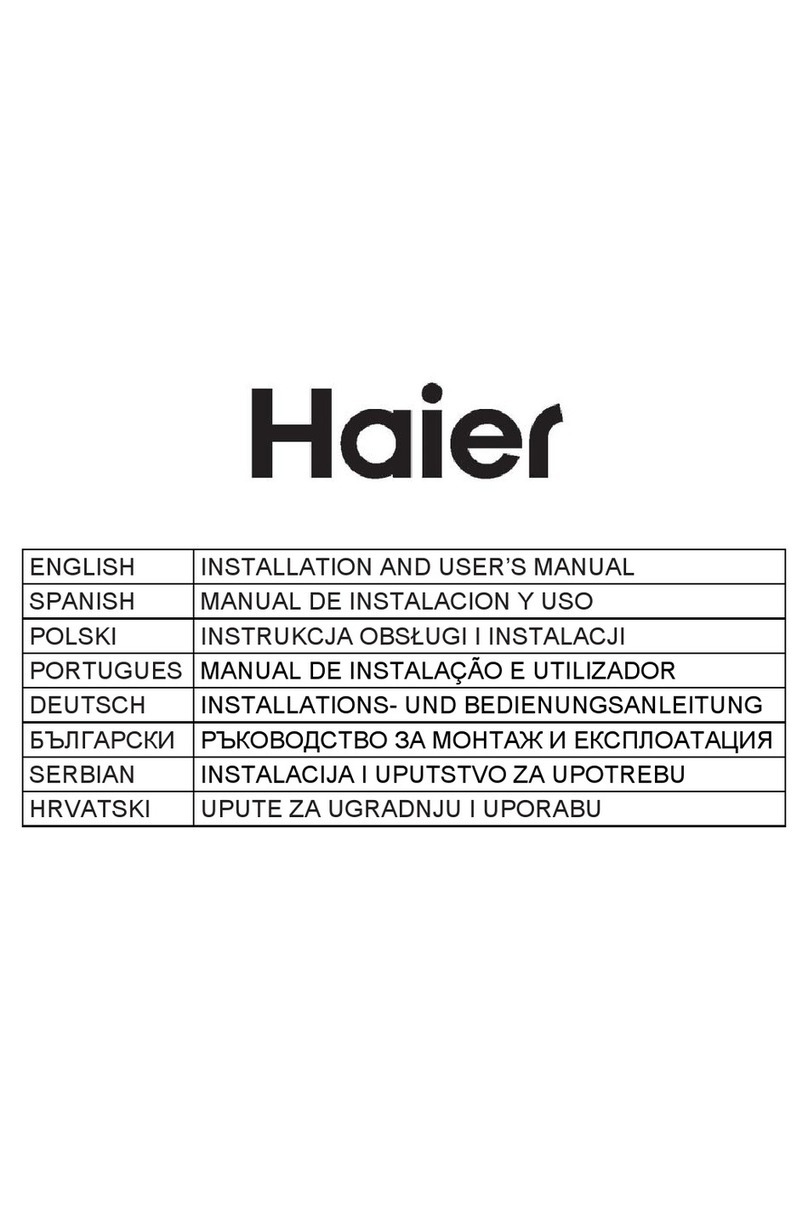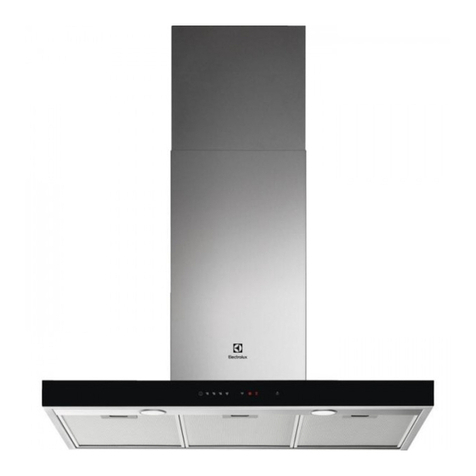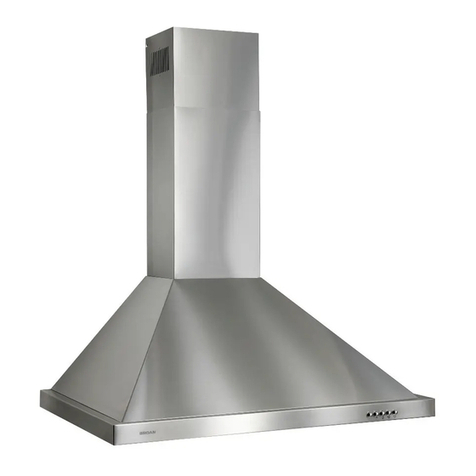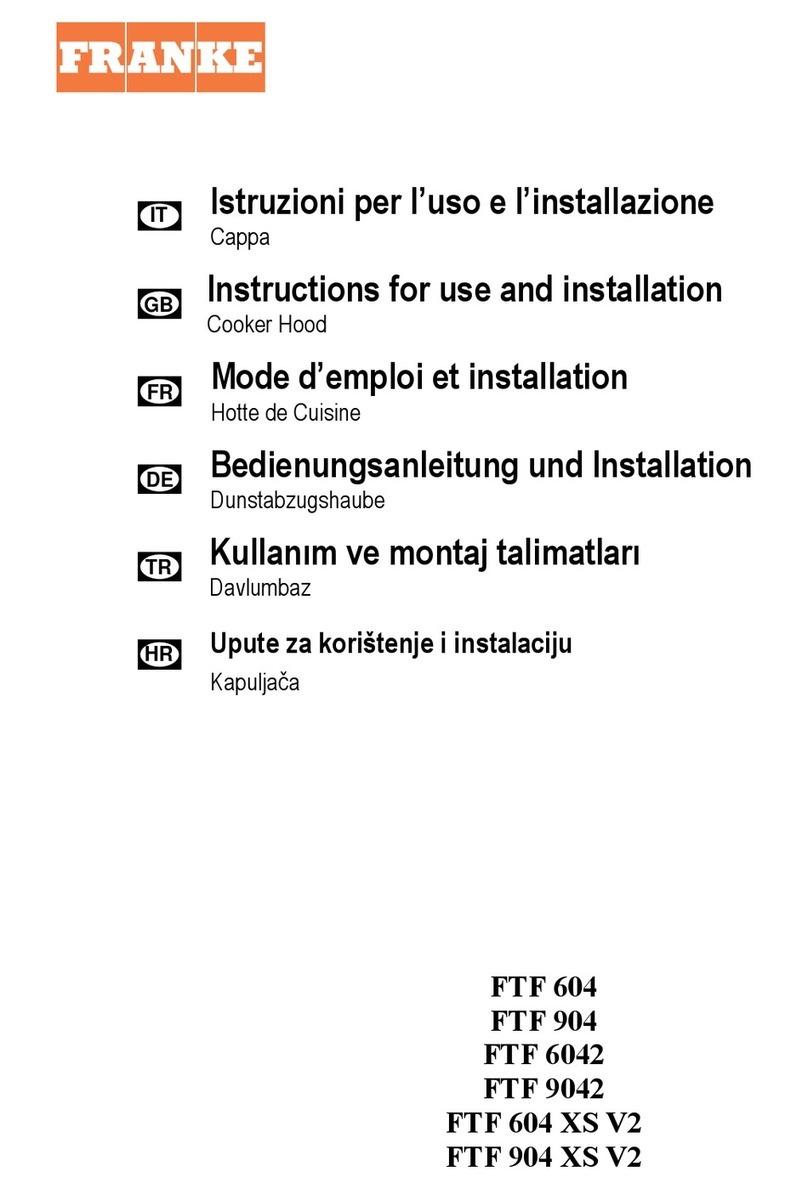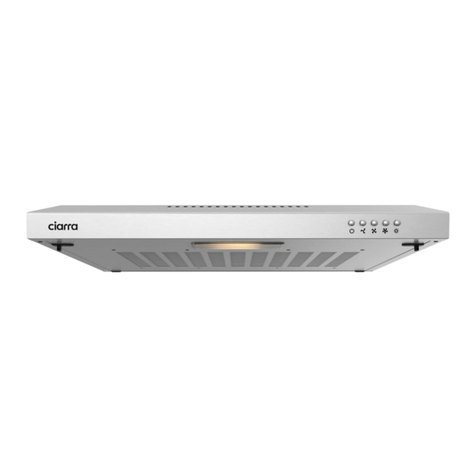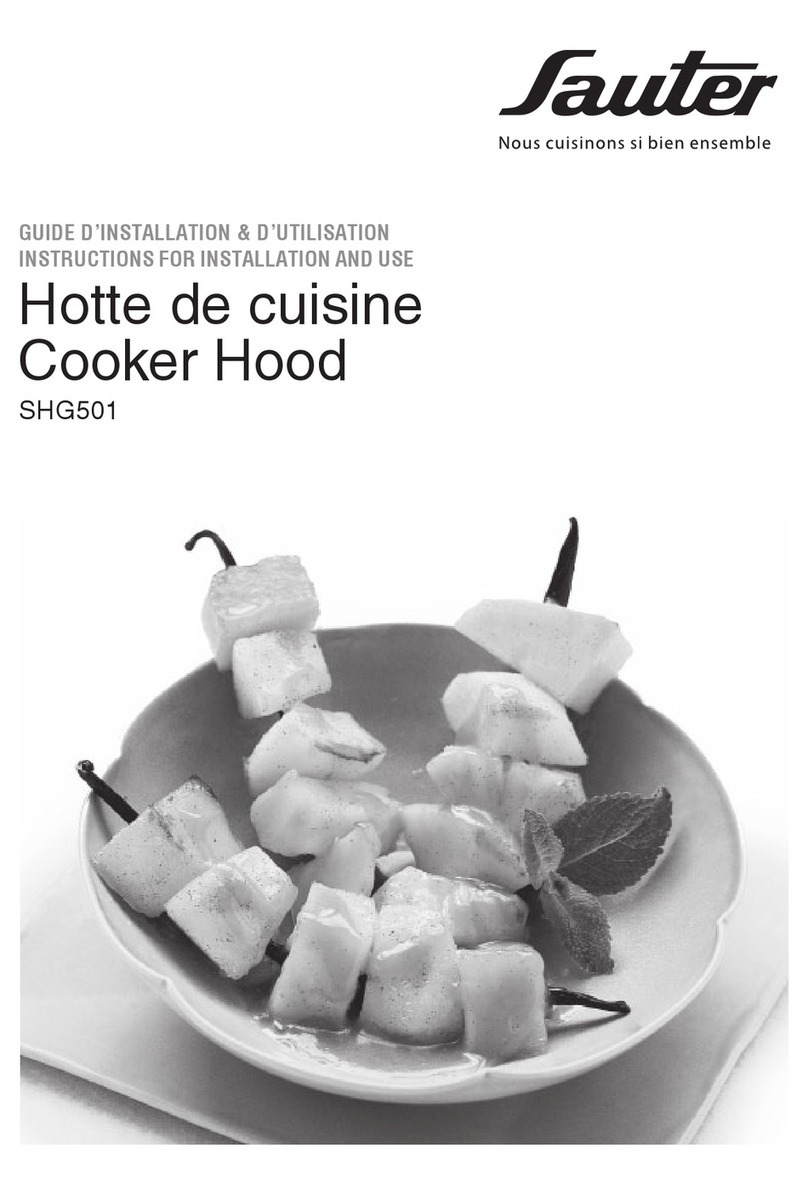Haier HCH2400ACB User manual
Other Haier Ventilation Hood manuals

Haier
Haier HADG6DCS56B User manual
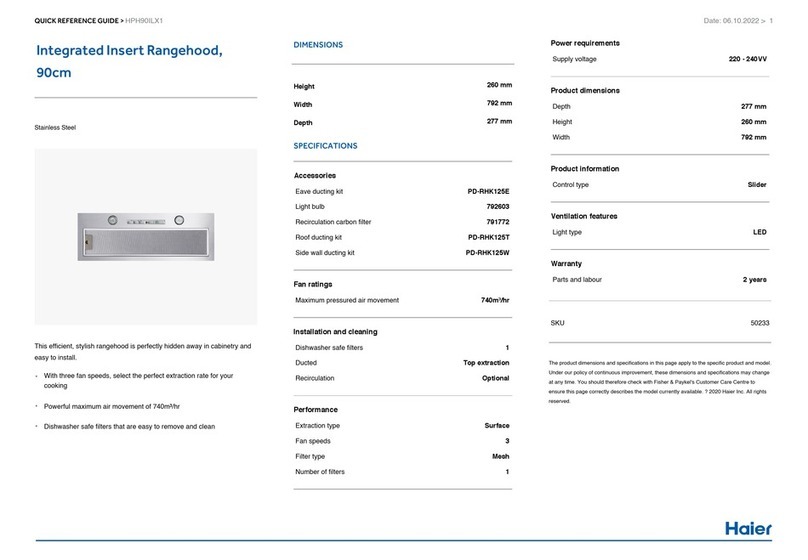
Haier
Haier HPH90ILX1 User manual
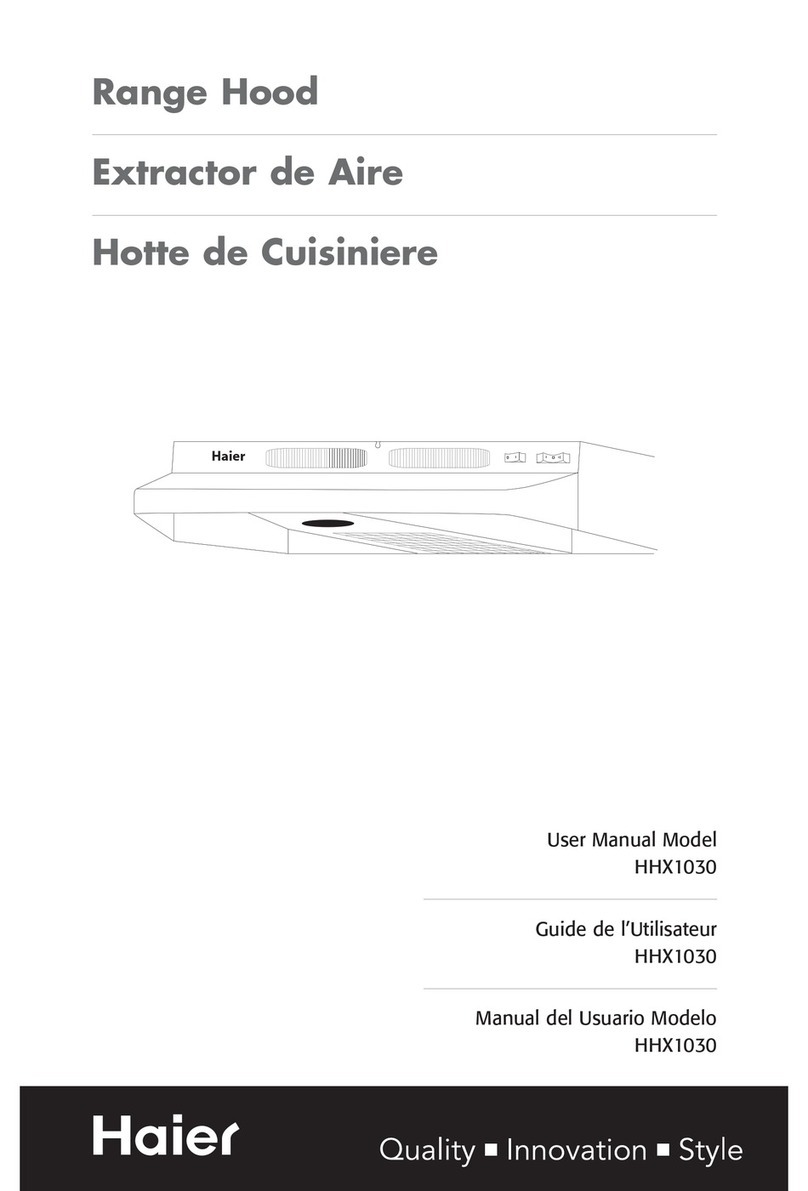
Haier
Haier HHX1030 - 05-05 User manual
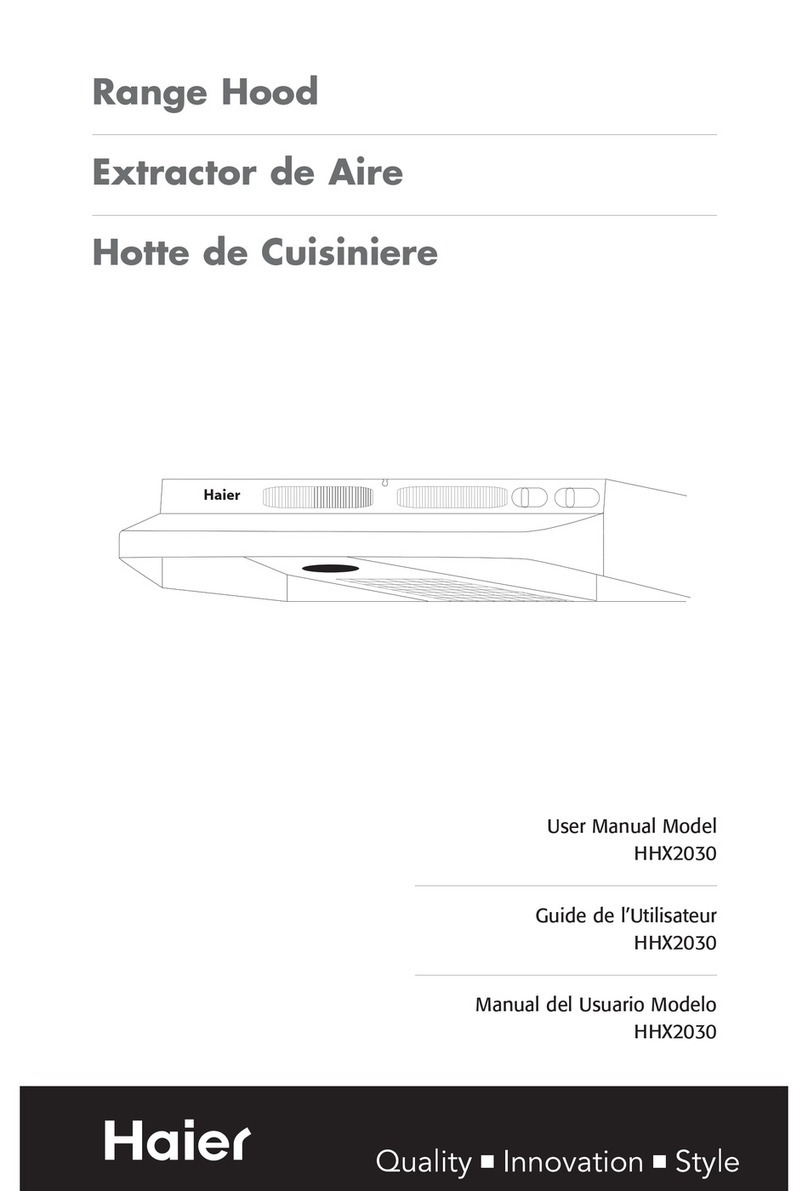
Haier
Haier HHX2030 - 05-05 User manual
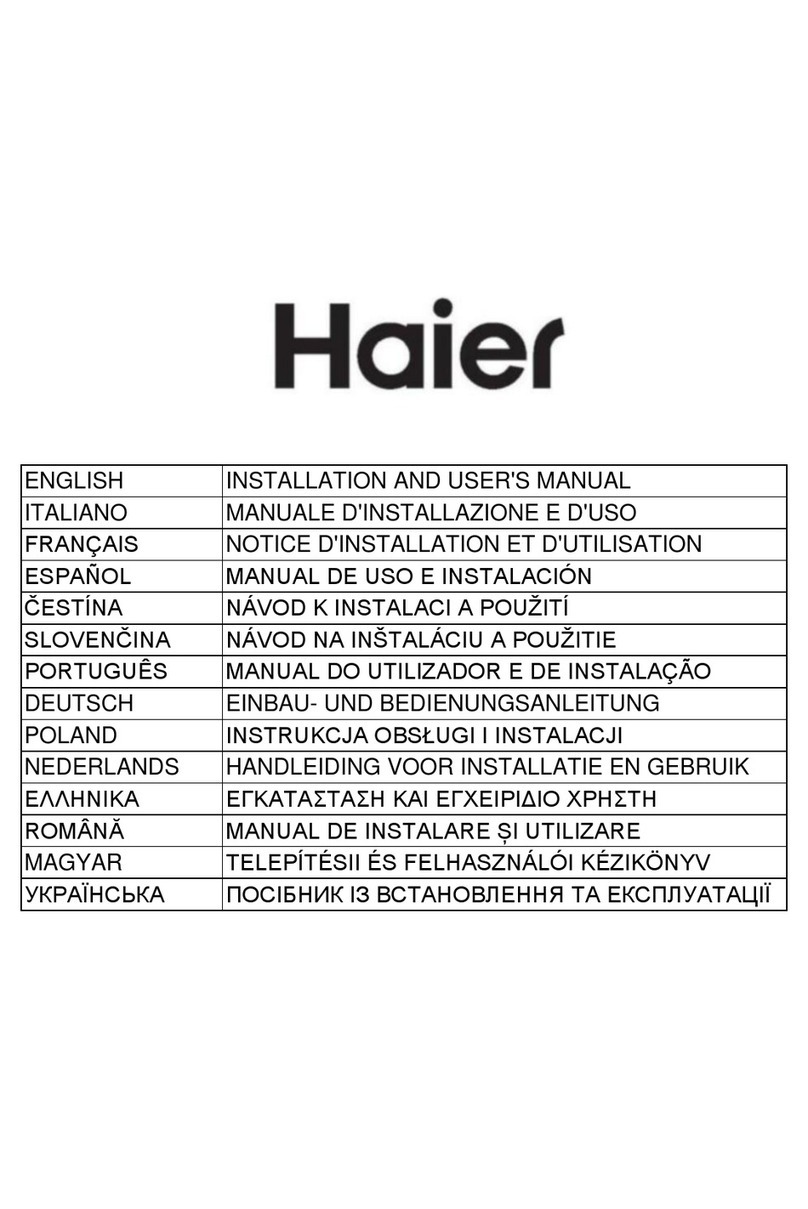
Haier
Haier HATS9DS6BPLWI User manual
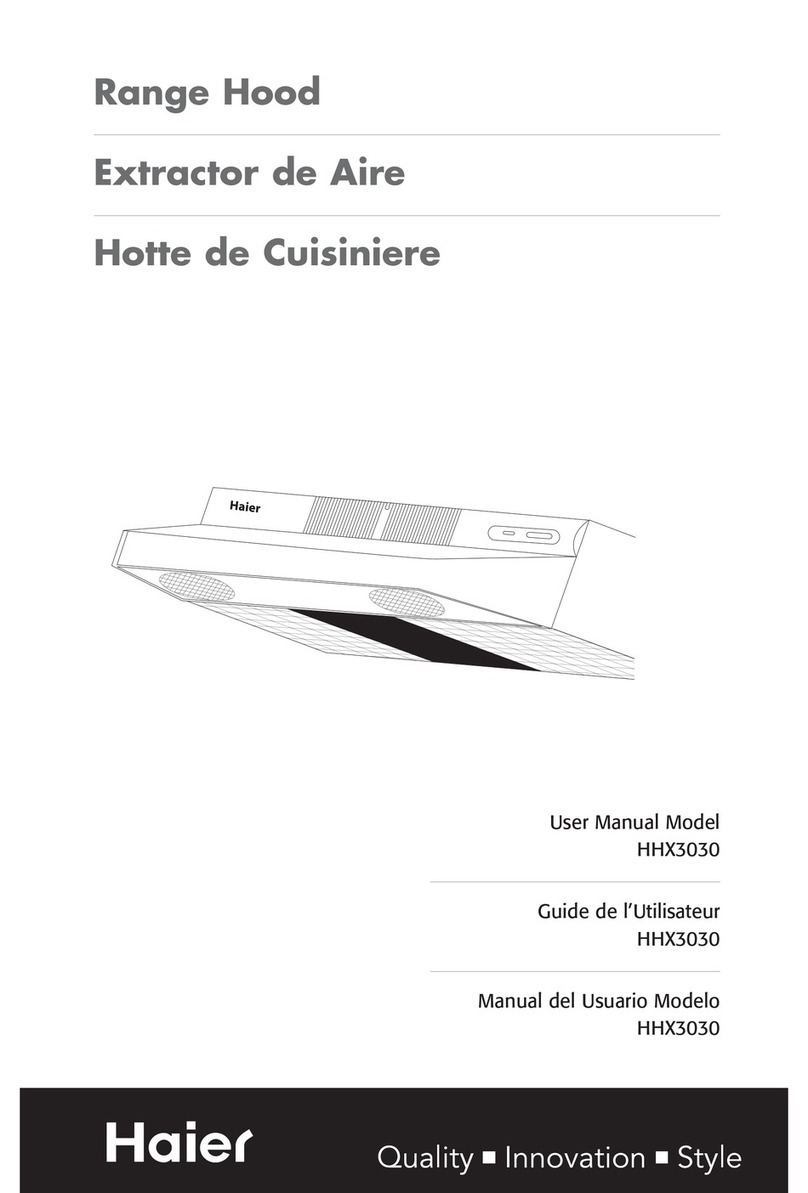
Haier
Haier HHX3030 - 05-05 User manual
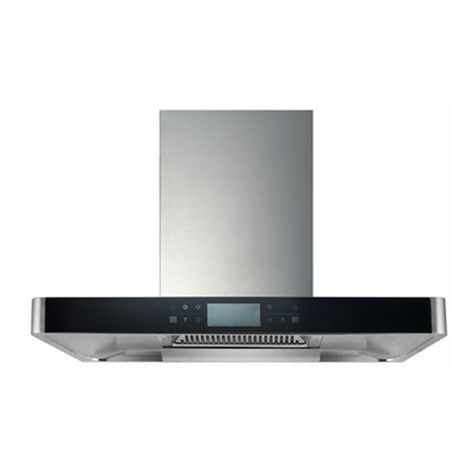
Haier
Haier HIH-T60HM-V User manual
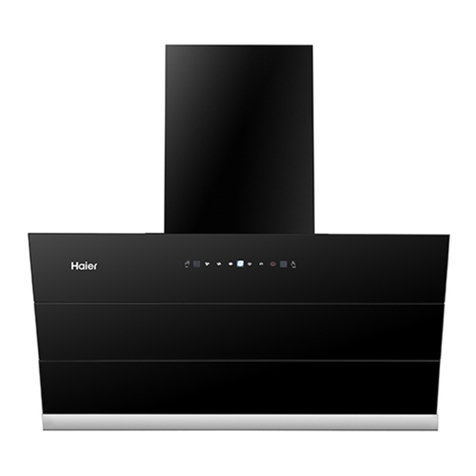
Haier
Haier HIH-V60HM-C User manual

Haier
Haier 3000 Series User manual

Haier
Haier I-Link HADG6DS2XWIFI User manual
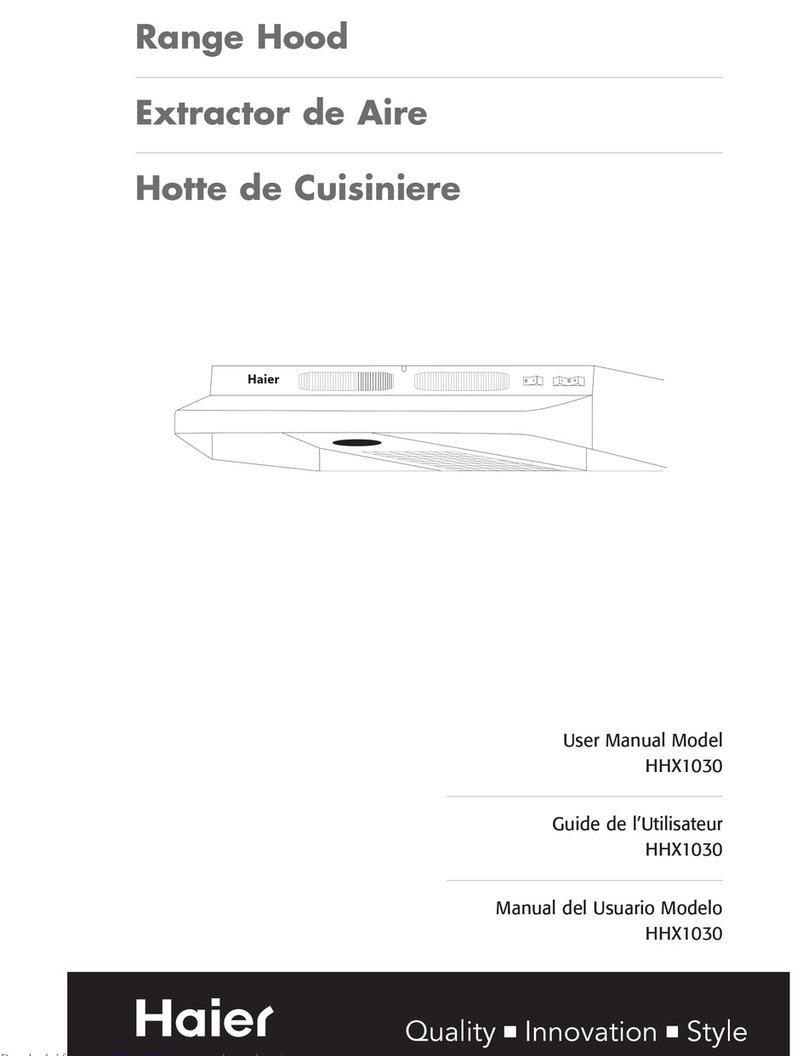
Haier
Haier HHX1030W User manual

Haier
Haier HIH-G60HM-G User manual
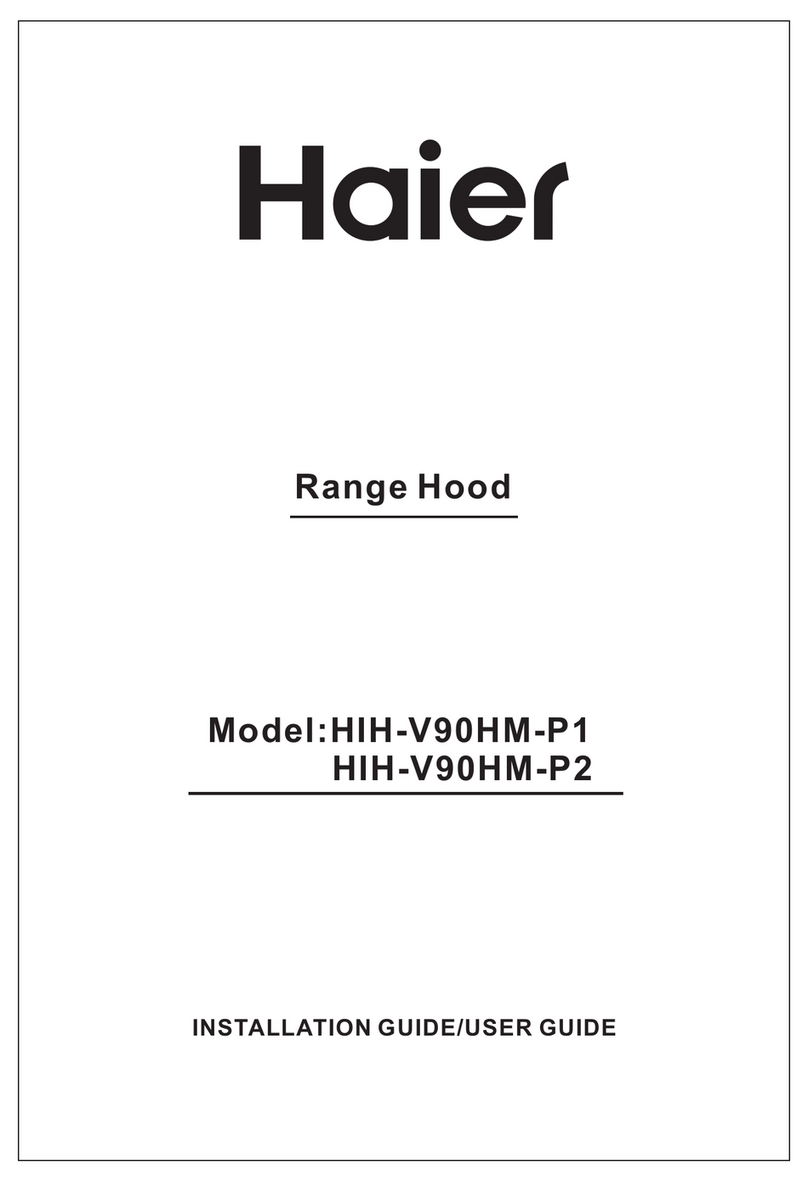
Haier
Haier HIH-V90HM-P1 User manual
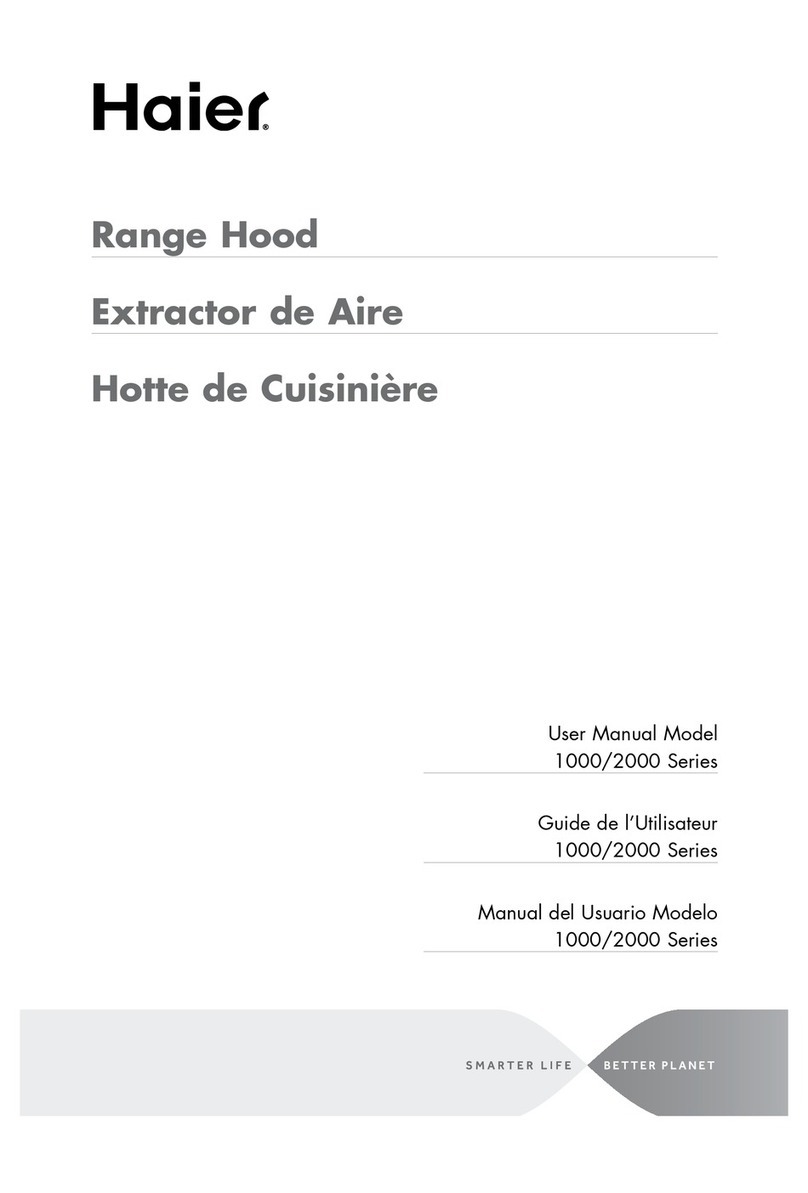
Haier
Haier HHN1230DBBB User manual
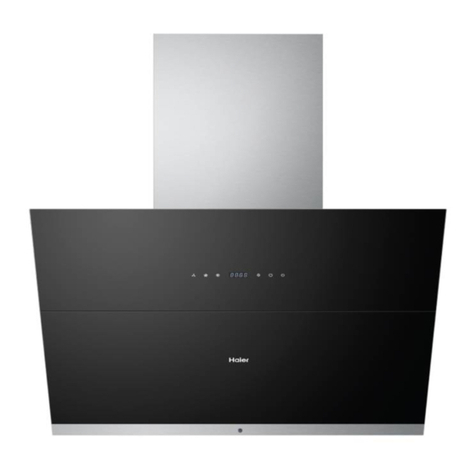
Haier
Haier HH-S900C User manual

Haier
Haier HH-OT53P User manual

Haier
Haier HHX7130 User manual
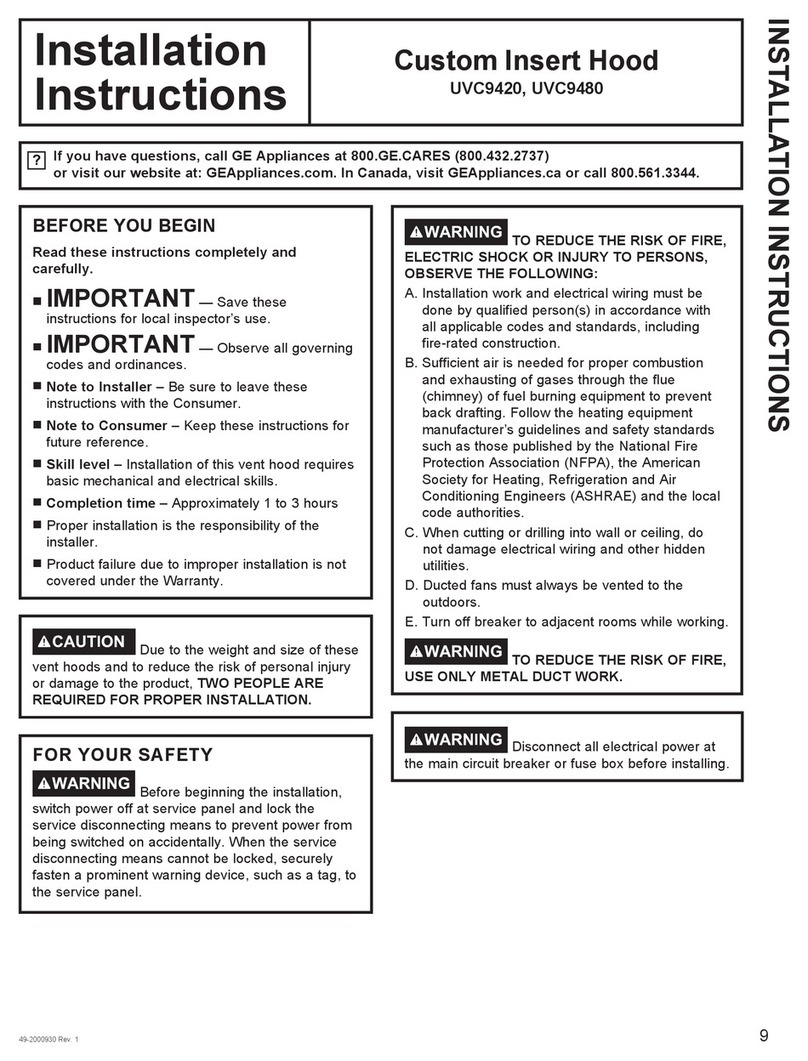
Haier
Haier GE UVC9420 User manual

Haier
Haier CXW-219-D67

Haier
Haier HH-T895 User manual
Popular Ventilation Hood manuals by other brands
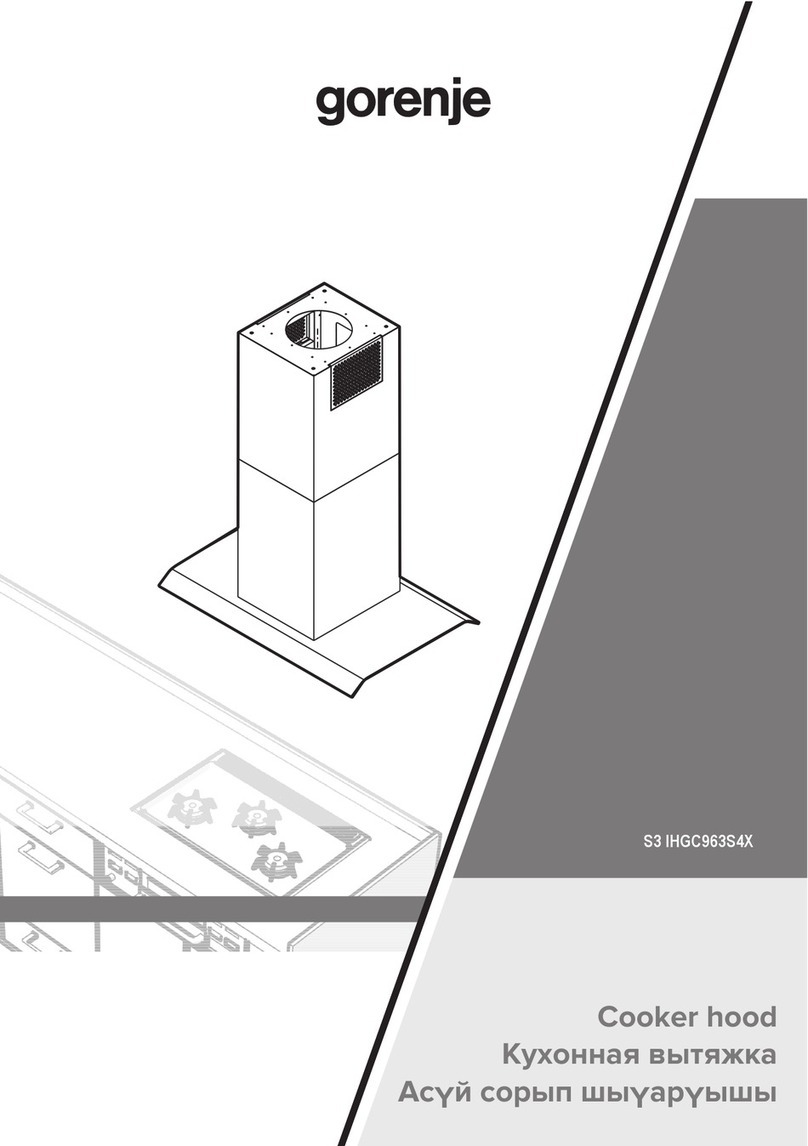
Gorenje
Gorenje S3 IHGC963S4X manual

KOBE
KOBE ISX2136SQB-1 Installation instructions and operation manual

U.S. Products
U.S. Products ADVANTAGE-100H Information & operating instructions

Kuppersberg
Kuppersberg DUDL 4 LX Technical Passport
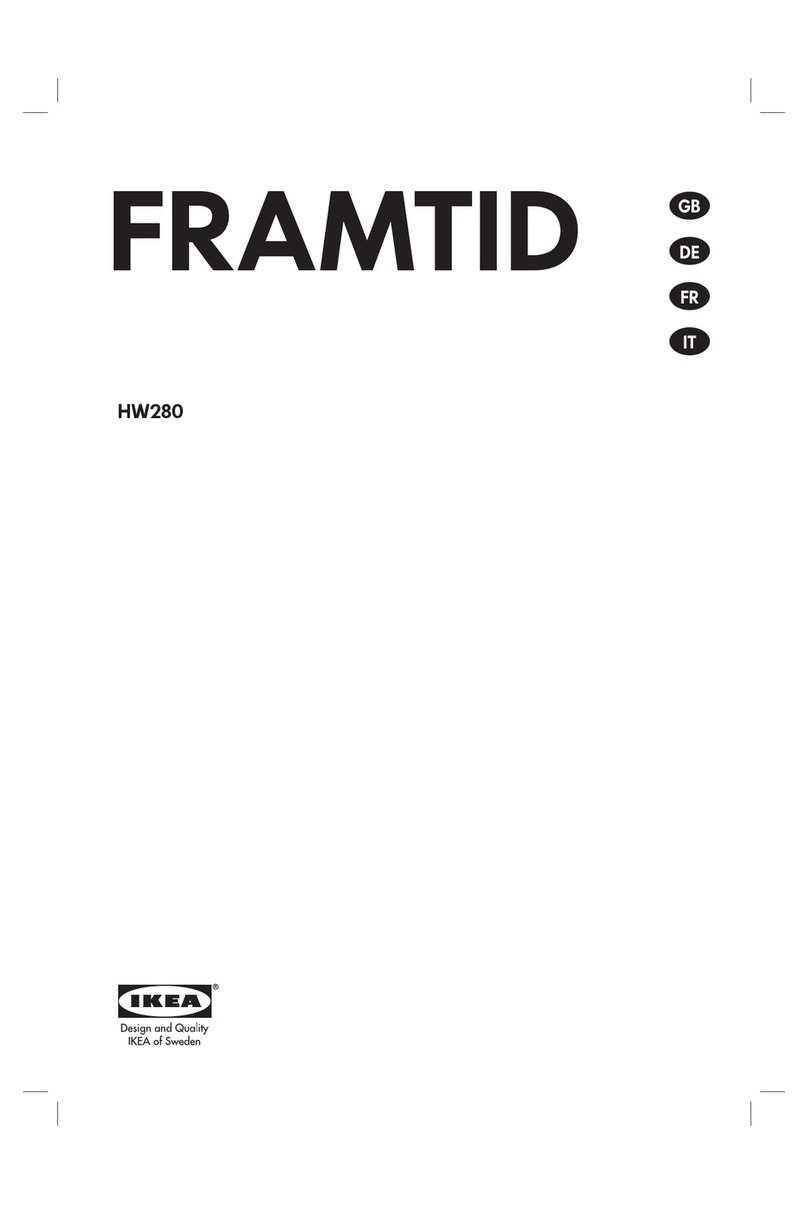
Framtid
Framtid HW280 manual
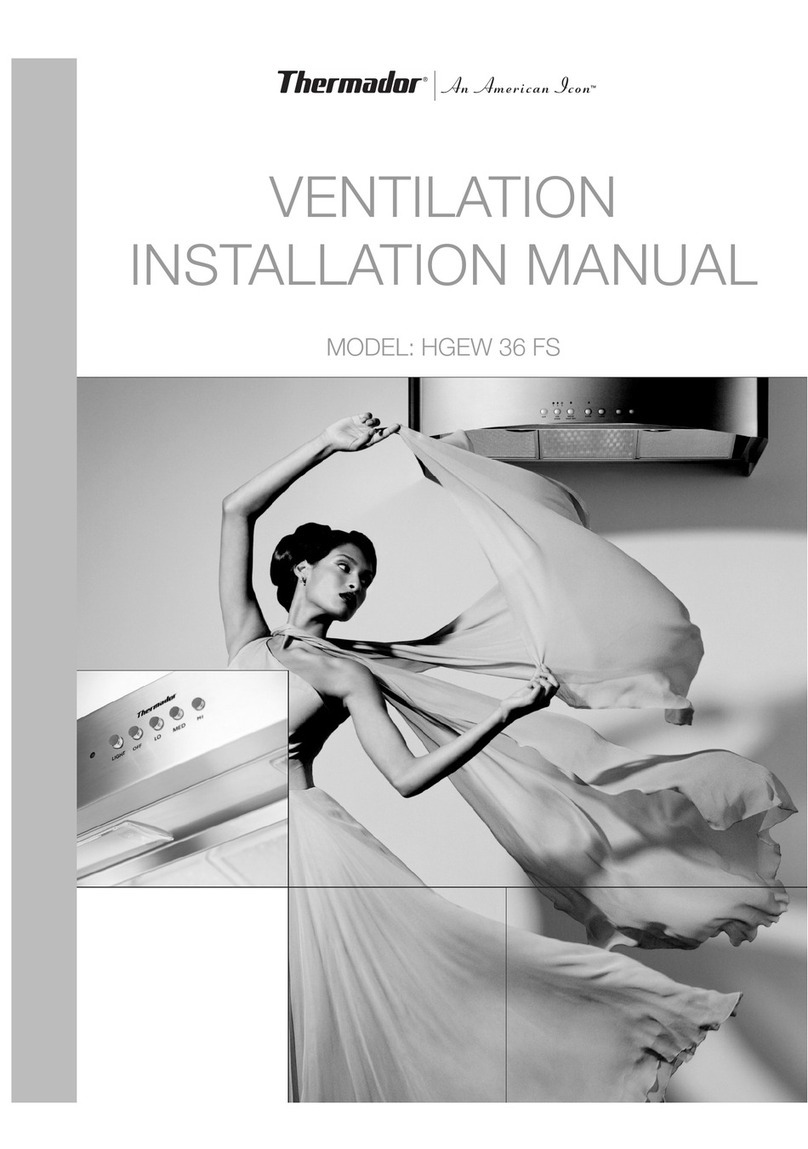
Thermador
Thermador HGEW 36 FS installation manual
